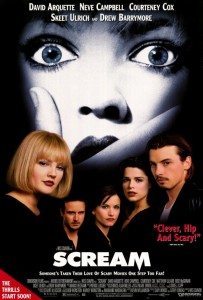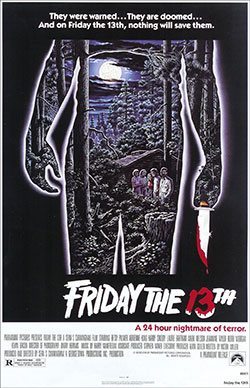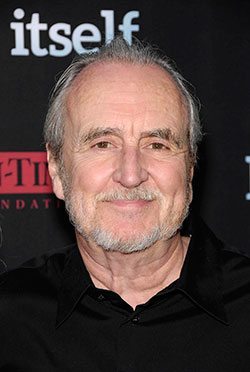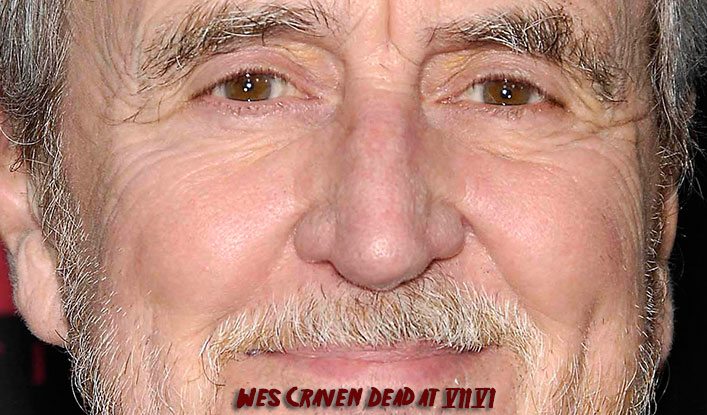Wesley “Wes” Earl Craven, the notable American film director, writer, producer, and actor, who was best known for his contributions to the horror genre, more particularly with colorful slasher films, died at his home on August 30, 2015 in Los Angeles, California after a long-standing battle with brain cancer.
Mr. Craven was born in Cleveland, Ohio on August 2, 1939, and grew up in a strictly religious Baptist family. Craven stated on his upbringing in 1984, ”As fundamentalist Baptists, we were sequestered from the rest of the world. You couldn’t dance or drink or go to the movies. The first time I paid to see a movie, ‘To Kill a Mockingbird’, I was a senior in college. My whole youth was based on suppression of emotion. So, making these awful horror movies was, I guess, my way of purging this rage.”
Wes attained his master’s degree in writing, along with philosophy from Johns Hopkins University as the first member of his family to attend college. In fact, Craven moved out East and landed a position as a teacher at Clarkson College in Potsdam, New York, prior to dumping the books soon after for a video camera. Very quickly after breaking into the world of cinema, he established himself. However, he spent his initial film career filming pornographic films.
Mr. Craven was married to Bonnie Broecker from 1964–69, Mimi Craven from 1982-87, and was married to the former Disney Studios Vice President, Iya Labunka, who is currently a producer, from 2004 until his death. He is survived by his wife, Jonathan and Jessica Craven (his children), and his grandchildren. Craven was a longtime summer resident of Martha’s Vineyard, where he moved just three years prior to recently coming back to Los  Angeles for both health and work reasons.
Angeles for both health and work reasons.
Craven’s initial feature film was The Last House on the Left, which he wrote, edited, and directed in 1972.This unique rape-revenge film shocked some film enthusiasts, but nevertheless, it garnered significant box office success. In 1977, “The Hills Have Eyes”, was Wes Cravens’ follow-up to his first film release, and again, it gained significant accolades.
Wes Craven breathed new life into the horror genre since the beginning of his career, but what he was known for most recently was both the Scream franchise and the Nightmare on Elm Street franchise, which both were instrumental in redefining horror’s slasher genre. His characters had personalities and faces, as opposed to virtually anatomic slashers who were typically speechless and wore masks in the past, concealing the true extent of their horrific faces.
Craven claimed to have been inspired by his own street, Elm Street, where he grew up in Cleveland, Ohio’s suburbs at his family home that was adjacent to a cemetery. Craven once stated, “The basis of most of my films is, essentially, true life.” In fact, in a 2002 documentary, Craven stated that the Freddy Kruger character was conceived in his mind after he read a newspaper article that inspired the character’s creation.
 The five films in the Nightmare on Elm Street franchise were released from 1984-89 and had both a huge cult and a mainstream following, along with the first four installments of the Scream film series that was released in the period from 1996-2011 that was also a successful blockbuster. In 1996, Mr. Craven attained a new level of success when Scream was released and grossed over $100 million in the United States, and this success continued it’s momentum with the release of Scream’s first sequel, Scream 2 in 1997.
The five films in the Nightmare on Elm Street franchise were released from 1984-89 and had both a huge cult and a mainstream following, along with the first four installments of the Scream film series that was released in the period from 1996-2011 that was also a successful blockbuster. In 1996, Mr. Craven attained a new level of success when Scream was released and grossed over $100 million in the United States, and this success continued it’s momentum with the release of Scream’s first sequel, Scream 2 in 1997.
Wes both penned and directed the initial film in the Nightmare on Elm Street franchise, and directed the first four films in the Scream franchise. Wes also co-wrote and conceived Nightmare on Elm Street III. After detaching his involvement with the film’s other sequels, a full 10 years after the original film’s incarnation, Craven both wrote and directed Wes Craven’s New Nightmare, which was nominated at the 1995 Spirit Awards as a best feature. In this unique film that was well before it’s time, as it depicted actors playing themselves, Heather Langenkamp, Robert Englund, and John Saxon, were the film’s stars, who portrayed themselves.
During a temporary hiatus from the horror genre, Craven worked on other projects, but returned to the genre that earned him his initial fame and praise with a thriller film, “Red Eye”, in 2005, which unfortunately wasn’t very successful at the box office. However, “My Soul To Take” did much better in 2010, along with the long-awaited

fourth installment in the Scream in 2011.
When Mr. Craven died, he was actively producing the MTV TV series that’s premise comes from the Scream films,
which was just days away from it’s initial Season’s finale airing. In fact, MTV discovered Mr. Craven’s death during the MTV Video Music Awards. In the Scream series, Craven poked fun at the typical aspects of teen horror films,
often making reference to other films in the genre, which had significant comic relief value and was one of the unique qualities that his films captured, dark comedy.
Wes Craven was a pioneer and an asset to the horror film genre and will be fondly remembered and missed as an unforgettable contributor to the horror community. We wish him much luck in the great beyond. His contributions to horror will keep him alive on the silver screen, in print, and elsewhere among avid horror enthusiasts.

You must be logged in to post a comment.